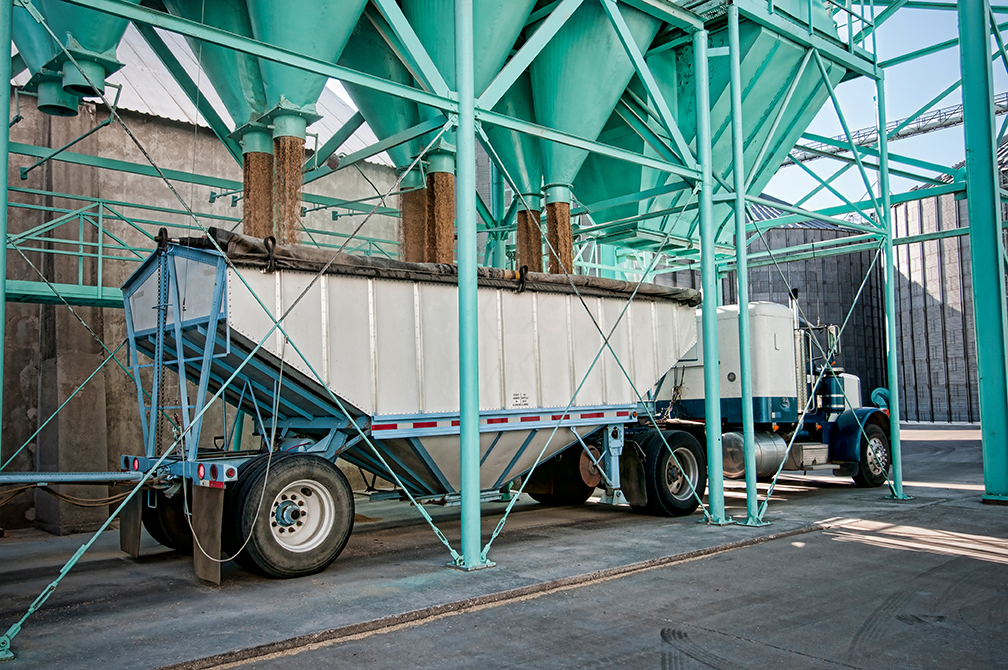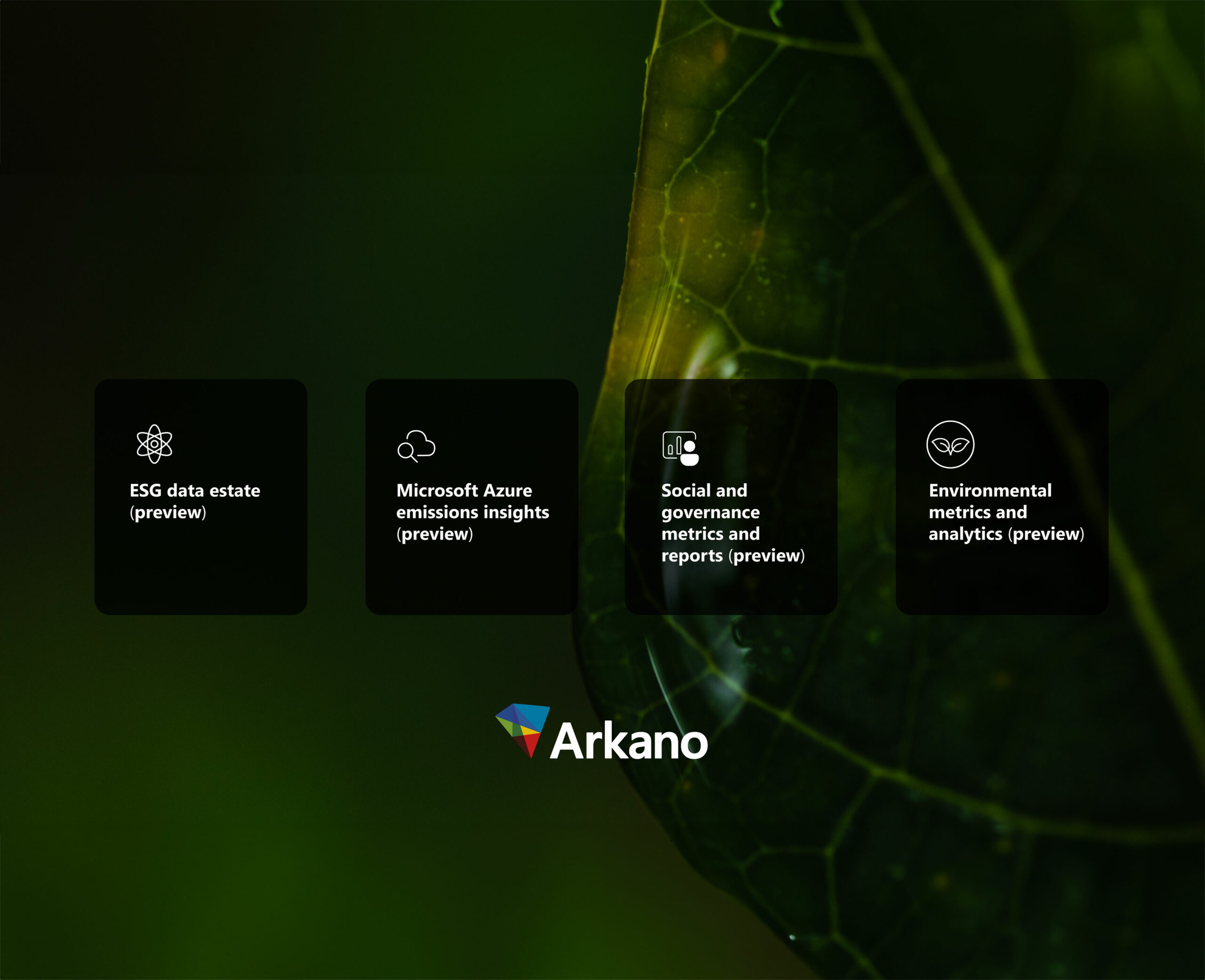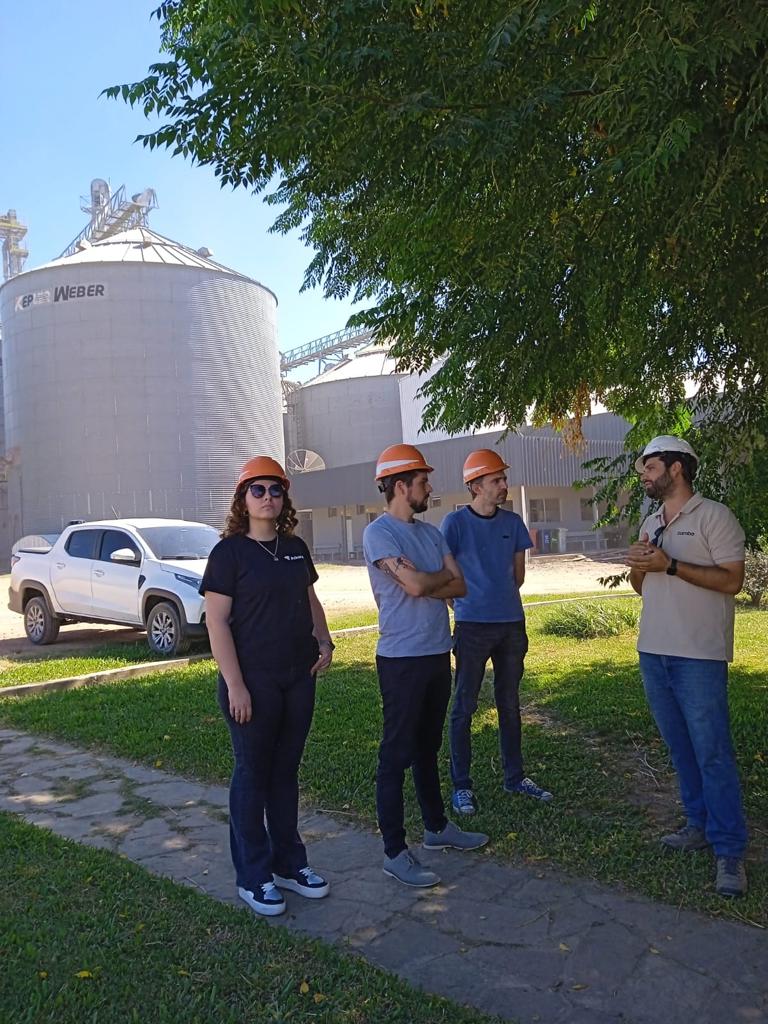Rice cultivation is an ancient practice that has processes that are very different from other grains and crops. Specific conditions such as flooding of planted fields are necessary to maintain a layer of water on the soil surface that favors growth and weed control.
Nowadays, these processes have benefited greatly from technology to reach high quality standards for the final consumer.
In this blog we will address the technological innovations applied to the reception of the harvest in the processing plant, drying, processing and grain storage, quality control and packaging. That is, those stages that take place in a rice processing plant, for which Arkano’s Manufacturing & Resources area has been working on solutions.
Harvest reception
Once the rice is harvested, it is transferred to the plant that will be in charge of the processing. Depending on the region it can be carried out by the same company that cultivated it or another that is specifically in charge of drying and storage, grain processing and packaging (which can bring together several local producers).
Before the rice enters the plant, it goes through quality control, where the composition percentage of by-products of the harvest, grain quality and type of grain are estimated. This is done with a small sample of the total load that goes to a lab for control, together with the processing and classification of the total harvest.
At this stage, technological logistics tools are key to forecast the demand for trucks and to monitor each truck. This automation makes it possible to plan assertively and focus on the quality control of the samples taken by truck, which will determine the reception prices.
Grain drying and storage
The grain is passed through drying machines for proper storage. These machines use rice waste as fuel, instead of other materials such as wood, to benefit the sustainability of the process. The grain is stored in silos, classified and backed by a level of traceability in order to control the mix of crops.
In this stage, technology is used to empty the truck and for the distribution of use of the dryers according to wear elements detected through sensors. This allows the planning of predictive maintenance of the dryers.
Rice processing and classification
Commercial rice is made up of a percentage of white grain (commercially known), husk and another percentage of by-products. To assist in this classification, different machinery and technology is put to work such as:
- Grain separators: they separate the grains into different categories, according to their density and/or coloration.
- Husk separators: divide the first outer layer of the rice grain. These are the shells that are then used as biofuel (biomass) to feed the drying plants, thus giving use to each component of the rice grain and reducing waste.
- Polishers: to obtain the white rice grain, the outer layer (without hull) is separated with these machines. From this polishing rice powder is obtained, which contains the greatest amount of nutrients in the grain. It is widely used for animal feeding due to its fiber and protein levels. It is also used as fuel to generate energy or as raw material in the production of paper and construction materials.
- Optical classifiers: Before the grains go into the packaging process, they are passed through classifiers with vision technologies to identify defective grains or foreign elements which were not discarded in the previous stages.
For example, the Bühler Group owns the Sortex S UltraVision, which classifies using artificial intelligence and automatic learning, on a capacity of 18 tons/h
Packing
Depending on the company, the packaging can be provided in containers intended only for exporting (such as big bags of up to 1 ton), or in provisions for the final consumer, from 1 to 5 kilograms.
The control and identification of the bags is carried out through a unique code, which establishes traceability, containing information on the origin of the grain, the producer and contract number, variety of grain, year of harvest and the unit of the lot.
Technology is present throughout the entire process; and data management in each stage will allow the recording of traceability and the use of automatic learning algorithms to optimize timing and improve the quality of the product obtained.









